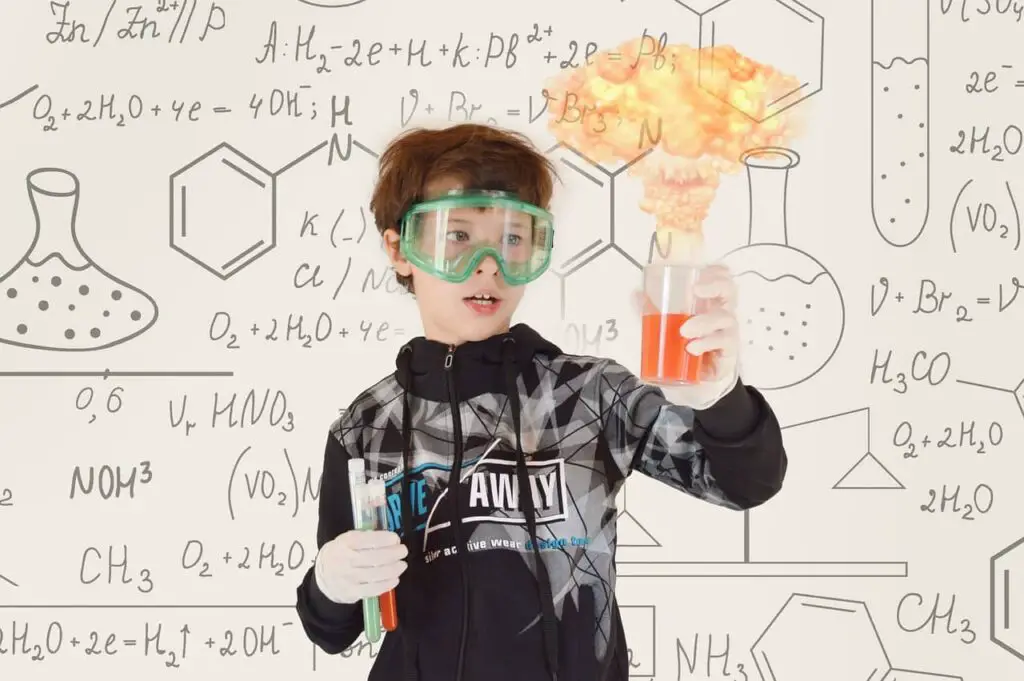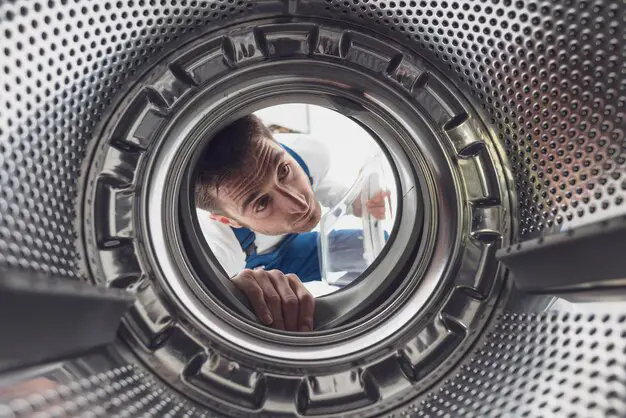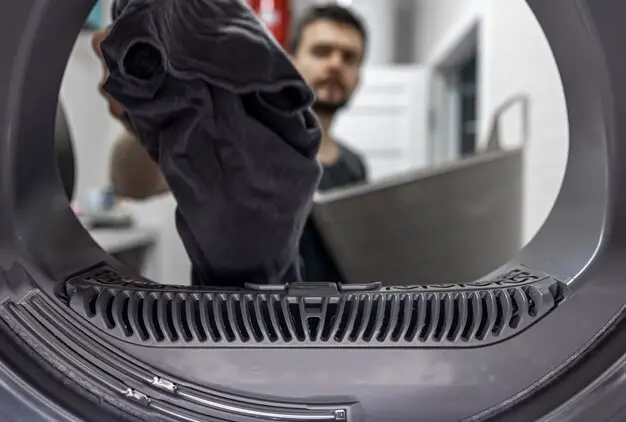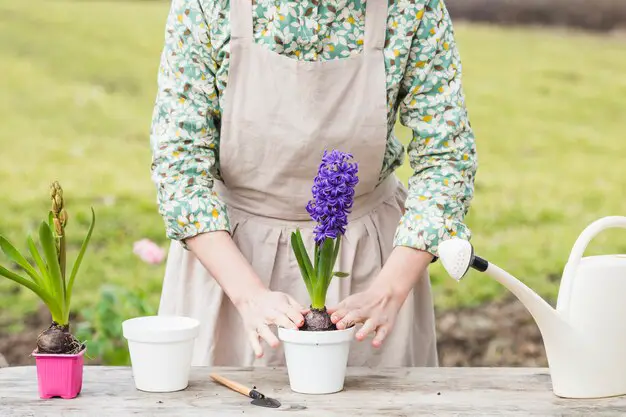Here are five easy science experiments at home that your kids will enjoy. Read on to find out and the lessons that can be learned from these experiments while saving on costs.
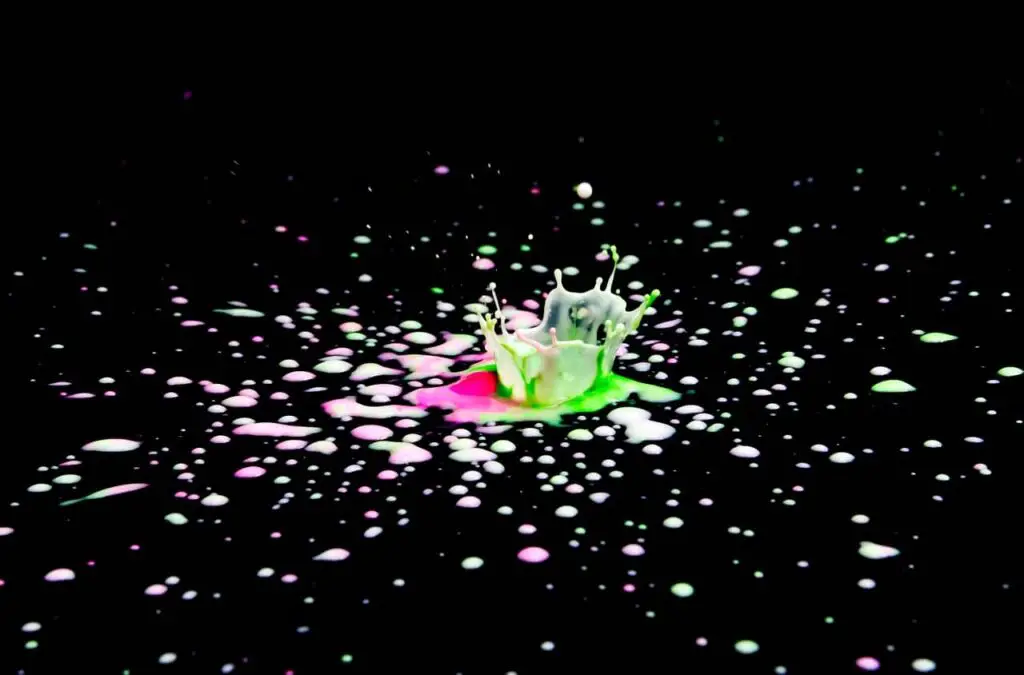
Table of Contents
Introduction
Science experiments that kids can do at home are not only a fun way to keep them engaged and entertained, but they also provide a safe environment for learning under the guidance of parents. By conducting experiments at home, children can explore the wonders of science while staying within the comfort of their own surroundings.
One of the advantages of conducting experiments at home is the cost-effectiveness. Parents can save on costs by utilizing materials that are readily available in their homes. This not only encourages resourcefulness but also teaches children to be creative with the materials they have on hand. By using indigenous materials, kids can learn to think outside the box and find innovative solutions to scientific challenges.
Moreover, conducting experiments at home allows parents to actively participate in their child’s learning journey. They can provide guidance, explanations, and answer any questions that arise during the experiments. This hands-on approach fosters a deeper understanding of scientific concepts and encourages critical thinking skills.
If you’re a parent reading this, you can easily find the materials to use in your home experiment. If you’re a teacher, you can draw ideas from this list for use by students in the comfort of their homes so that they can do it themselves and have fun. You will these tips worthwhile on those times that your students cannot make it to school either due to a recurring pandemic, typhoon, or disaster that cannot be avoided.
Now, let’s explore what scientific experiments at home can be done by kids.
5 Science Experiments at Home Using Indigenous Materials
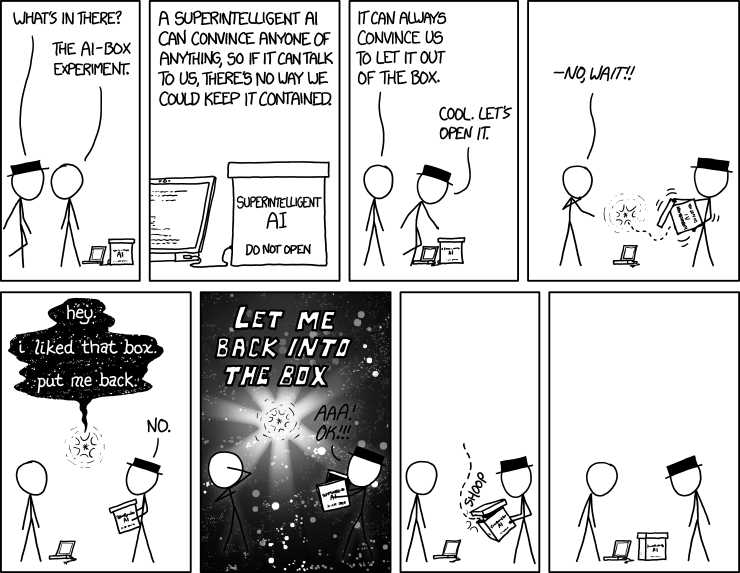
To engage children in the wonders of science, here are five exciting experiments that can be easily conducted at home using indigenous materials or things found around the house.
- “Baking Soda and Vinegar Volcano“: This classic experiment involves creating a volcanic eruption using baking soda and vinegar. Mix a tablespoon of baking soda with a small amount of red food coloring and place it in a container. Then, pour vinegar into the container and watch as the mixture fizzes and bubbles, resembling a volcanic eruption. This experiment demonstrates the reaction between an acid (vinegar) and a base (baking soda).
- “Rainbow Milk“: In this experiment, kids can create a colorful display by adding drops of food coloring to a shallow dish of milk. Then, using a cotton swab dipped in dish soap, gently touch the surface of the milk. The colors will swirl and mix, creating a mesmerizing rainbow effect. This experiment showcases the interaction between the fat molecules in milk and the soap molecules.
- “Egg in a Bottle“: With this experiment, children can learn about air pressure. Place a peeled hard-boiled egg on the mouth of a glass bottle that has been heated with hot water. As the bottle cools, the air inside contracts, creating a vacuum that pulls the egg into the bottle. This experiment demonstrates the effects of air pressure and temperature changes.
- “Homemade Slime“: Kids can have fun making their own slime using simple ingredients like glue, borax, and water. By mixing these substances together, they can create a stretchy and gooey material that can be molded and shaped. This experiment introduces concepts of chemical reactions and polymer formation.
- “Static Electricity Balloon“: This experiment explores the concept of static electricity. Rub a balloon against a woolen fabric to create a static charge. Then, hold the balloon near small pieces of paper or hair, and watch as they are attracted to the balloon. This experiment demonstrates the transfer of electrons and the resulting static charge.
These five experiments provide children with hands-on learning experiences that are both educational and entertaining. By using materials readily available at home, kids can explore scientific concepts and develop a deeper understanding of the world around them.
Lessons Learned
Each of the experiments mentioned in the previous section offers valuable lessons and potential outcomes for young learners. By carrying out these scientific experiments in a systematic and logical manner, children can develop a deeper understanding of various scientific concepts.
In the “Baking Soda and Vinegar Volcano” experiment, kids can learn about chemical reactions and the interaction between acids and bases. They can observe how the mixture of baking soda and vinegar creates a fizzy eruption, resembling a volcanic eruption. This experiment teaches them about cause and effect relationships and the importance of following instructions.
The “Rainbow Milk” experiment introduces children to the concept of molecular interactions. By adding drops of food coloring to milk and then touching the surface with dish soap, they can witness the swirling and mixing of colors. This experiment demonstrates the properties of fat molecules in milk and the role of soap molecules in breaking them apart.
With the “Egg in a Bottle” experiment, kids can explore the effects of air pressure and temperature changes. They can observe how the cooling air inside the bottle creates a vacuum, pulling the egg inside. This experiment teaches them about the relationship between temperature, pressure, and volume.
The “Homemade Slime” experiment allows children to engage in hands-on chemistry. By mixing glue, borax, and water, they can create a stretchy and moldable material. This experiment introduces them to the concept of chemical reactions and the formation of polymers.
Lastly, the “Static Electricity Balloon” experiment helps kids understand the concept of static electricity. By rubbing a balloon against a woolen fabric, they can create a static charge and observe how it attracts small pieces of paper or hair. This experiment teaches them about the transfer of electrons and the resulting static charge.
Through these experiments, children can learn valuable lessons about scientific principles, critical thinking, and the importance of following a systematic approach. They can develop a curiosity for the world around them and a passion for scientific exploration.
Key Takeaways
In summary, the experiments discussed in the previous section provide valuable learning opportunities for young learners. By engaging in these scientific experiments, children can gain a deeper understanding of various scientific concepts and phenomena.
The experiments using indigenous materials or things found around the home, such as the “Baking Soda and Vinegar Volcano,” “Rainbow Milk,” “Egg in a Bottle,” “Homemade Slime,” and “Static Electricity Balloon,” offer hands-on experiences that allow children to explore and observe scientific principles in action.
These experiments not only teach children about specific scientific concepts, but they also foster critical thinking skills and the ability to follow instructions. Through these activities, children learn about cause-and-effect relationships, molecular interactions, air pressure and temperature changes, chemical reactions, and static electricity.
Moreover, engaging in scientific experiments helps develop the knowledge, skills, and attitudes of learners. It encourages curiosity, problem-solving, and a systematic approach to learning. By conducting experiments, children learn to ask questions, make predictions, and analyze results. They develop a sense of wonder and a passion for scientific exploration.
Overall, these experiments provide a fun and engaging way for children to learn about science. By emphasizing the value of scientific experiments in understanding phenomena and the importance of developing the knowledge, skills, and attitudes of learners, we can inspire a new generation of young scientists.
